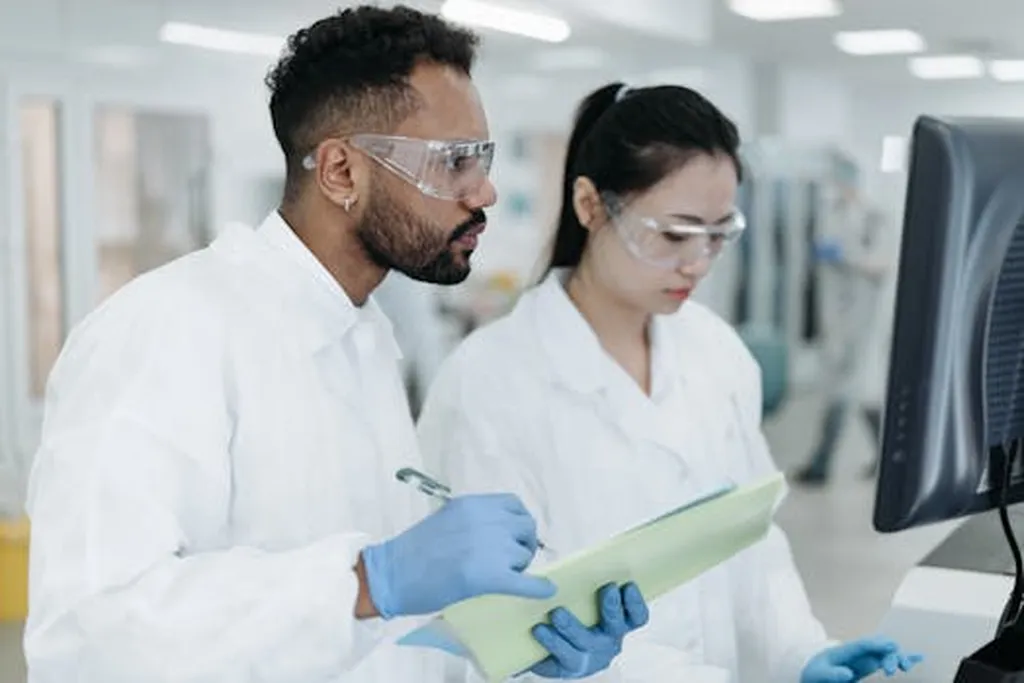In the heart of Mexico City, a team of researchers led by Maryjose Devora-Guadarrama at the Escuela Superior de Cómputo, Instituto Politécnico Nacional, is making waves in the agritech world. Their recent study, published in the journal *Computers*, showcases a promising approach to early disease detection in citrus plants using deep learning techniques. This innovation could significantly impact the agricultural sector, particularly in managing devastating citrus diseases like canker and Huanglongbing (HLB).
Citrus plants are a vital global crop, providing essential nutrients like vitamin C, fiber, and antioxidants. However, diseases such as canker and HLB pose severe threats, often leading to substantial economic losses. Traditional manual diagnosis methods are not only imprecise and slow but also costly. The need for efficient, accurate, and timely disease detection has never been more critical.
Devora-Guadarrama and her team evaluated four convolutional neural network models—DenseNet121, ResNet50, EfficientNetB0, and MobileNetV2—to detect canker and HLB in citrus leaf images. The researchers employed a suite of techniques, including preprocessing, data augmentation, transfer learning via selective fine-tuning, stratified k-fold cross-validation, regularization methods like dropout and weight decay, and hyperparameter optimization.
The standout performer in this study was EfficientNetB0, achieving an impressive average accuracy of 99.88% and the lowest loss value of 0.0058. “The high accuracy obtained is mainly because only two diseases were considered,” Devora-Guadarrama noted. “Consequently, it is possible that these results do not hold in a database that includes a larger number of diseases.”
The significance of this research lies in its potential to revolutionize disease detection in the agricultural sector. EfficientNetB0’s lightweight nature makes it particularly suitable for deployment on portable devices or drones, enabling real-time field monitoring. This could lead to early intervention, reducing economic losses and minimizing the use of agrochemicals, thereby promoting sustainability.
“The results show that lightweight models can achieve favorable performance compared to robust models,” Devora-Guadarrama explained. This finding opens up new possibilities for scalable and cost-effective disease detection solutions in agriculture.
As the agricultural sector continues to grapple with the challenges posed by plant diseases, innovations like those from Devora-Guadarrama’s team offer a beacon of hope. The study not only highlights the potential of deep learning in disease detection but also underscores the importance of continuous research and development in agritech.
In the broader context, this research could pave the way for more advanced and integrated systems that leverage artificial intelligence to monitor and manage plant health. As the technology evolves, we can expect to see more efficient, accurate, and accessible tools that support farmers and agricultural businesses worldwide. The future of agritech is bright, and this study is a significant step forward in that journey.

